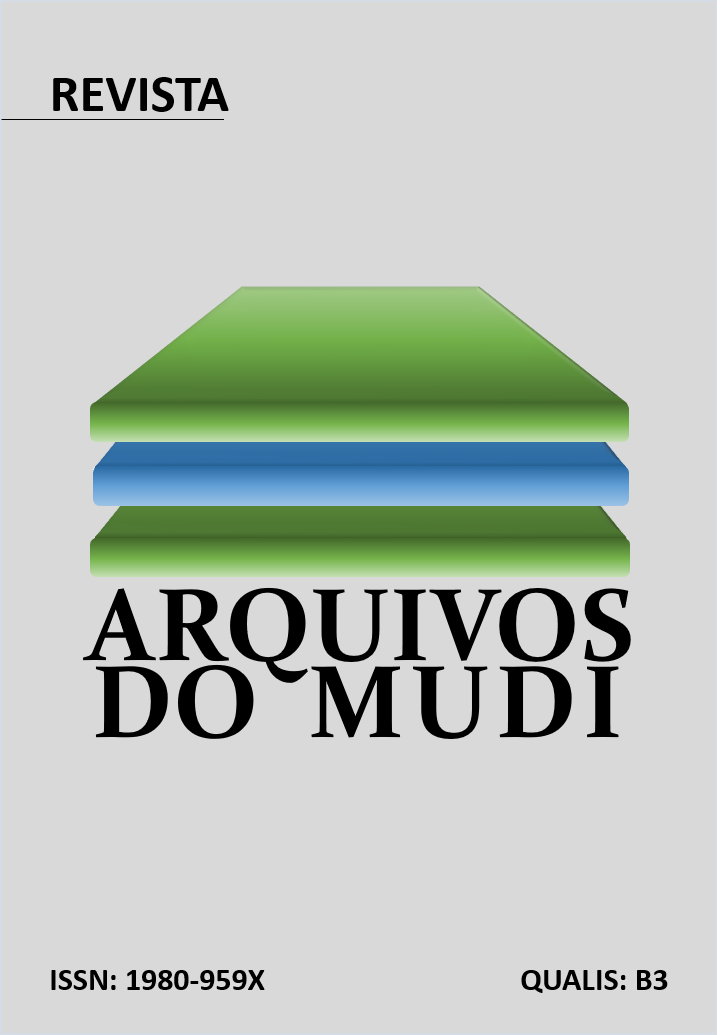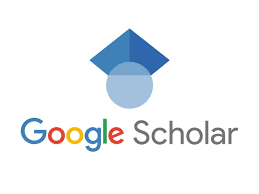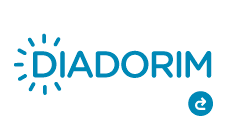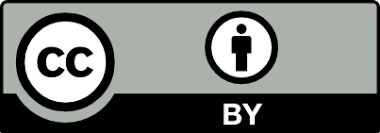Neurociências e educação: percepções docentes em um curso de medicina brasileiro
Resumo
Introdução: a pesquisa educacional viu emergir uma nova área de interesse na atualidade: a neuroeducação. Visando compreender como o cérebro aprende em uma instância morfofuncional e aplicá-la à educação, essa área vem ganhando espaço. Objetivo: avaliar a percepção de docentes de um curso médico a respeito das neurociências aplicadas à educação. Método: pesquisa exploratória, qualitativa, com execução de modo virtual utilizando-se a rede mundial de computadores, após apreciação ética. Foram realizadas discussões sobre neuroeducação, pela técnica de grupos focais (n = 22). Para analisar as falas, utilizou-se a Análise de Conteúdo. Resultados: as falas dos participantes fizeram emergir cinco categorias temáticas: conhecimentos sobre neuroeducação, mecanismos biológicos da aprendizagem, relação entre emoção, memória e aprendizagem, aprendizagem significativa e uso dos sentidos na aprendizagem. Conclusão: os achados sugerem que os docentes possuem conhecimento sobre a estrutura e funcionamento cerebral, todavia, não associam esses conhecimentos à prática docente.
Downloads
Referências
Bardin L. Análise de conteúdo. 3. ed. Lisboa: Edições 70, 2004.
Bassett D, Mattar, MG. A Network Neuroscience of Human Learning: Potential to Inform Quantitative Theories of Brain and Behavior. Tren in Cog Sci. 2017; 21 (4): 250-64.
Bauer MW, Gaskell G. Pesquisa Qualitativa com Texto Imagem e Som. Petrópolis: Vozes, 2002.
Bear M. Neurociências. 4. ed. Porto Alegre: Grupo A, 2017.
Carvalho FAH. Neurociências e educação: uma articulação necessária na formação docente. Trab, Educ e Saú. 2011; 8 (3): 537-50.
Cosensa RM, Guerra LB. Neurociência e educação: como o cérebro aprende. Porto Alegre: Artmed, 2011.
Costa C, Nóbile M, Crespi LRS. Compreensão do processo de aprendizagem: as contribuições da neuroeducação. Rev Ped. 2021; 23: 1-28.
Fontanella BJB, Ricas J, Turato ER. Amostragem por saturação em pesquisas qualitativas em saúde: contribuições teóricas. Cad de Saú Públi. 2008; 24 (1): 17-27.
Gama, D. T.; Ferracioli, M. C. Neurociência na educação especial: dos neuromitos às práticas pedagógicas baseadas em evidências. Rev Brasil de Psic e Educ. 2019; 21 (2): 285-96.
Gondim SMG. Grupos focais como técnica de investigação qualitativa: desafios metodológicos. Paid. 2002; 12 (24): 149-61.
Guyton AC, Hall JE. Tratado de fisiologia médica. 11. ed. Rio de Janeiro: Elsevier, 2006.
Izquierdo IA. Memória. 3. ed. Porto Alegre: Artmed, 2018.
Izquierdo IA, et al. Memória: tipos e mecanismos – achados recentes. Rev USP. 2013; 98: 9 -16.
Krebs C. Neurociências ilustrada. Porto Alegre: Grupo A, 2015.
Machado A, Haertel LM. Neuroanatomia funcional. 3. ed. São Paulo: Atheneu, 2014.
Martins JCL, Almeida INS. Contribuições da neurociência cognitiva para a educação no ensino superior. Human & Inov. 2019; 6 (9): 225-32.
Pivatto W. Aprendizagem significativa: revisão teórica e apresentação de um instrumento para aplicação em sala de aula. Itiner Reflect. 2013; 2 (15).
Poblete JG. Aporte de la neurociencia a los docentes de Medicina. Rev Cub de Educ Méd Sup. 2019; 33 (2): 01-16.
Seidler RD, Carson RG. Sensorimotor learning: neurocognitive mechanisms and individual differences. J of Neuroeng and Rehab. 2017; 14 (74): 2-7.
Severo RSL. Neurociências e educação. Human. 2021; 3 (3), 1-27.
Sousa AMOP, Alves RRN. A neurociência na formação dos educadores e sua contribuição no processo de aprendizagem. Rev de Psicoped. 2017; 34 (105): 320-31.
Souza AB, Salgado TDM. Memória, aprendizagem, emoções e inteligência. Rev Liberato. 2015; 16 (26): 101-20.
Tardif E, Doudin PA, Meylan N. Neuromyths among teachers and teacher students. M Brain, and Educ. 2015; 9 (1): 50-59.
Copyright (c) 2025 Arquivos do Mudi

This work is licensed under a Creative Commons Attribution 4.0 International License.
DECLARAÇÃO DE ORIGINALIDADE E DIREITOS AUTORAIS
Declaro que o presente artigo é original, não tendo sido submetido à publicação em qualquer outro periódico nacional ou internacional, quer seja em parte ou em sua totalidade.
Os direitos autorais pertencem exclusivamente aos autores. Os direitos de licenciamento utilizados pelo periódico é a licença Creative Commons Attribution 4.0 (CC BY ): são permitidos o acompartilhamento (cópia e distribuição do material em qualqer meio ou formato) e adaptação (remix, transformação e criação de material a partir do conteúdo assim licenciado para quaisquer fins, inclusive comerciais.

Recomenda-se a leitura desse link para maiores informações sobre o tema: fornecimento de créditos e referências de forma correta, entre outros detalhes cruciais para uso adequado do material licenciado.

















